Art Movements in the 60s and 70s in New York
As one of the most culturally significant periods of the 20th-century, 1960s art witnessed the rise of the movements which accept re-shaped and created new aesthetic language and styles. Diverse criticisms expanded challenging the educational systems, the student protests and the hippie movement and on a wide calibration tried to revolutionize the world. Popular became the symbol of a new lifestyle struggling confronting the conservative high culture. In visual art, movements such every bit Pop Art, Psychedelic Art, Op Art, Minimalism, Conceptual Art, and the appeareance of Happenings, became the most meaning and shape-shifting concepts of the 1960s fine art world. Embracing life, the mass produced objects, consumerism, and the growing influence of American popular culture, its rock n' roll music and rising manufacture, 60s fine art brought a new kind of popular image and use of industrial materials.
Interested in buying and collecting 1960s art? Check out this Andy Warhol impress available for sale!
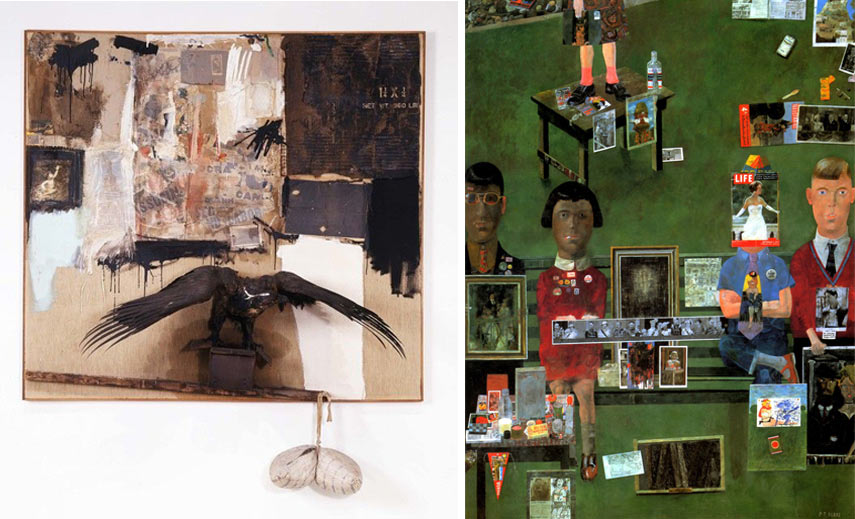
The Rebellion of the 1960s Art
For a number of art historians, the rebellion which occurred during the 1960s art is closely linked to the revolutionary thoughts and actions of advanced movements and their artists at the beginning of the 20th-century. In diverse opinions what the two periods share is their sense of rupture and the creative imagination fueled with technological euphoria. Above anything else, in fact, the visual art of the 1960s and its leading move Pop Art wished to rebel confronting the expressive drama and soul of the Abstract Expressionism[1]. Considering the expressive movement to stand for the high art, artists re-enforced the thought of the low-forehead art by using images from the mass civilization. Likewise rebelling confronting Abstract Expressionism paintings, diverse post-painterly abstraction artists removed the drama, by erasing any trace of the artist'due south identity. Taking away the brushstrokes, the painters emphasized the apartment surfaces, color, and hard-border abstraction.
The rise of the consumeristic society and applied science witnessed the growing use of industrial materials within the sphere of art. The Conceptual and Minimalism movements began to use the mass-produced sources, such as bricks, physical, steel, and neon, to create sculpture and installation fine art
which valued the idea and the procedure above the finished object. This further challenged the systems which existed in the fine art world. Re-defined was the concept of the fine art object, its existence, and its space.
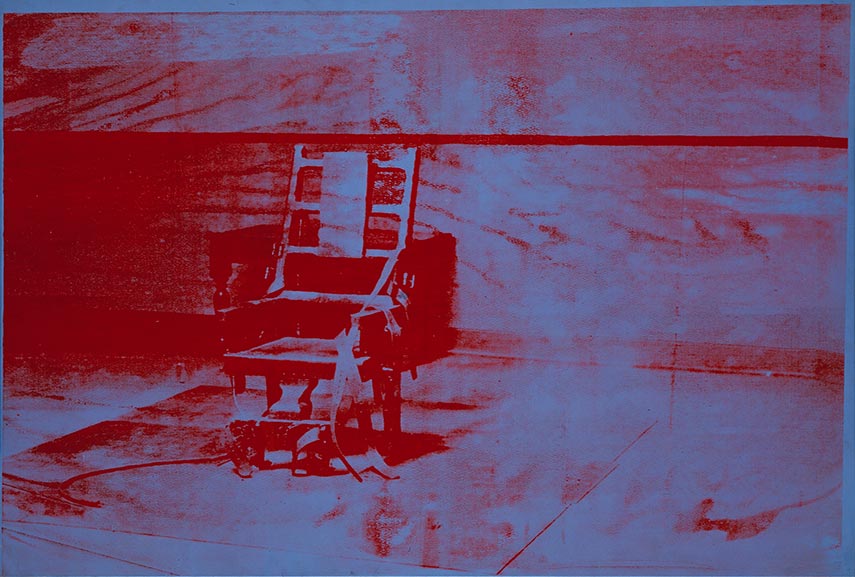
Major Artists of the 1960s Art
If we define the period equally the period of Pop names such equally Andy Warhol, Peter Blake, Roy Lichtenstein, Robert Rauschenberg automatically come to listen. It is to these artists that we owe the thought that life and art fused like never before[2]. Commercial screen press technique, images from comic books and advertisements, iconic moving picture and music stars, all were sources of inspiration for the about celebrated pop art artworks. On the other hand, artists such as Joseph Kosuth, Donald Judd, Sol LeWitt, Carl Andre, Yoko Ono reshaped the notion of the object, materials, and introduced the term ephemeral closely linked to the growing scene of Happening and Performance fine art.
See more works past Roy Lichtenstein!
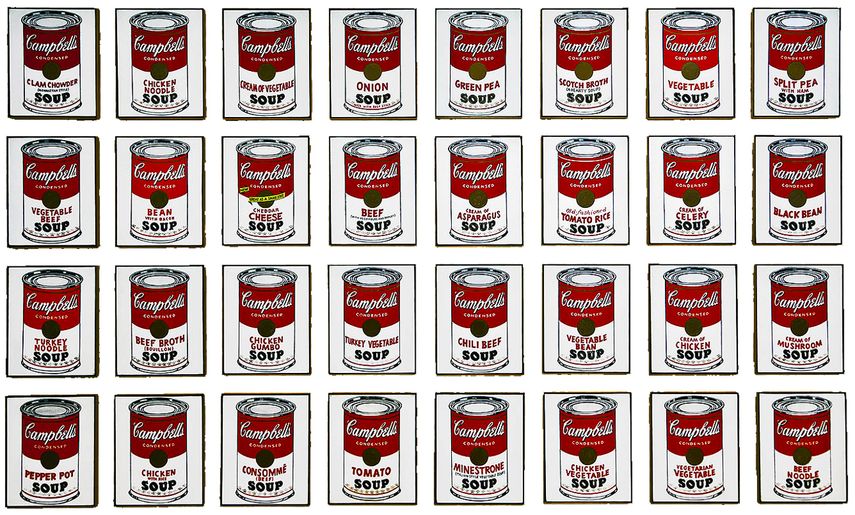
The Most Significant Movements
Leaving cipher sacred and promoting life which rebelled against the conservative ideas the post-obit movements are considered as gems of the 1960s art.
Popular Art
The story of the 60s period could not be without mentioning Pop Art. With its innovations, the movement is considered as the most significant period defining modern fine art. Using the images from mass culture and found objects, popular art artists reshaped the face of the painting by introducing a new kind of commercial aesthetics. These ideas helped to influence non only the visual fine art but graphic design, fashion and a certain lifestyle. The idea put forward by Andy Warhol that "In the future, everyone will be world-famous for 15 minutes", influenced the star status of various artists of 1960s art scene and their entourage[3].

Op Art
The challenge to the fundamental chemical element of creative production ie. the perception of the visual stands at the root of the Op art move. Embracing abstract and geometric art, and playing with the well-nigh basic of the art's principles, such every bit line, color and dissimilarity, Op art artists of the 60s fine art scene influenced the birth of Kinetic art and the growing scene of Optical Illusion fine art[4]. Bridget Riley is 1 of the well-nigh important artists of this movement.
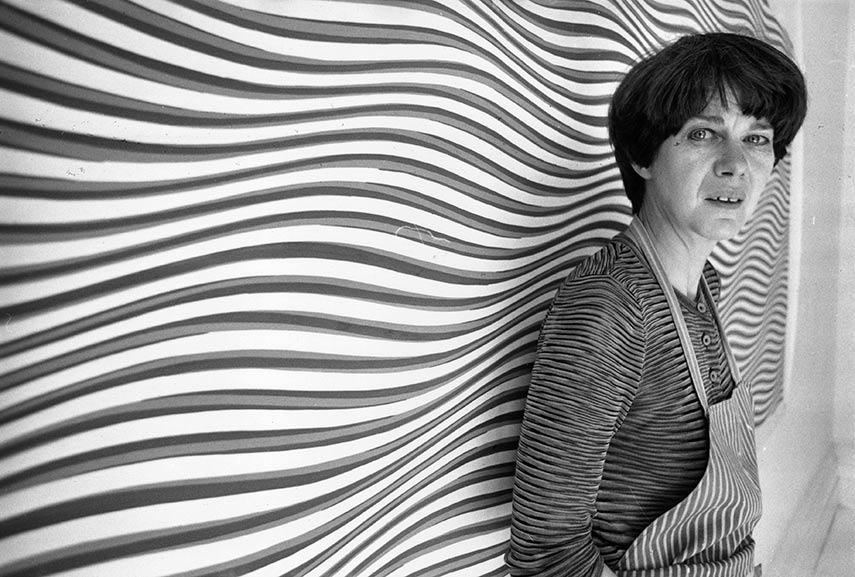
Minimalist Move
Minimalism was the get-go art movement of international significance which originated in America. Celebrating the simplicity and reduction of its paintings information technology produced a new style of looking at and experiencing the artworks. The denial of the creative person'southward expression joined with the interest in making objects that avoided the appearance of fine fine art, gave nativity to geometric works. Minimalist artists sought to break down the traditional notions of sculpture and painting. The repeated geometric forms, emphasis on the physical space occupied by the artwork, and the utilise of prefabricated industrial materials dominated the product of its famous artists, such as Donald Judd, Carl Andre, and Robert Morris.
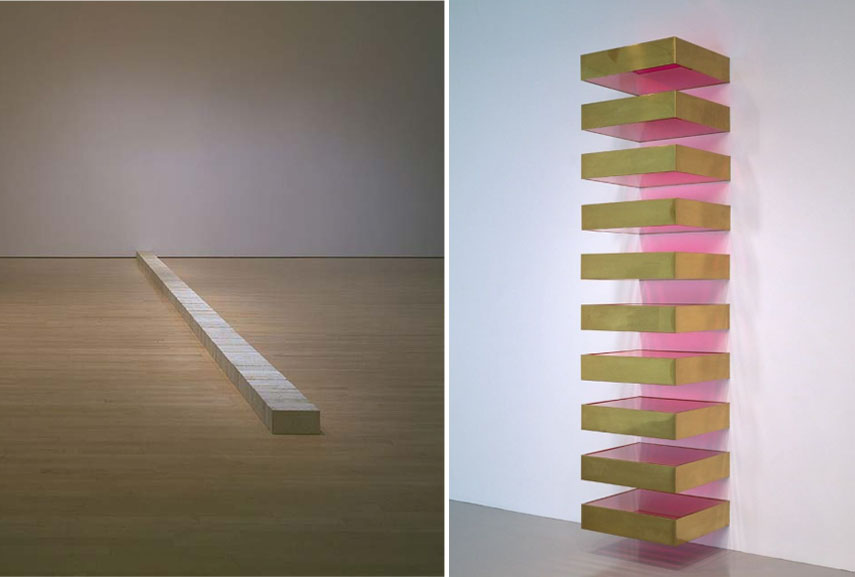
Conceptual Fine art
Conceptual art motion emphasized the idea of the artwork above anything else. Diverse forms and tendencies in fine art, such as operation, happening, and the notion of the imperceptible visible in Country art of the 1970s art scene, is said to fit under its definition. Linking the idea of the readymade put forrad by the famous Dada artist Marcel Duchamp, conceptual artists rejected the notion of the cute, rare and skillful as measures of art. Reducing the works to an absolute minimum, many referred the move as the time of dematerialization of art.
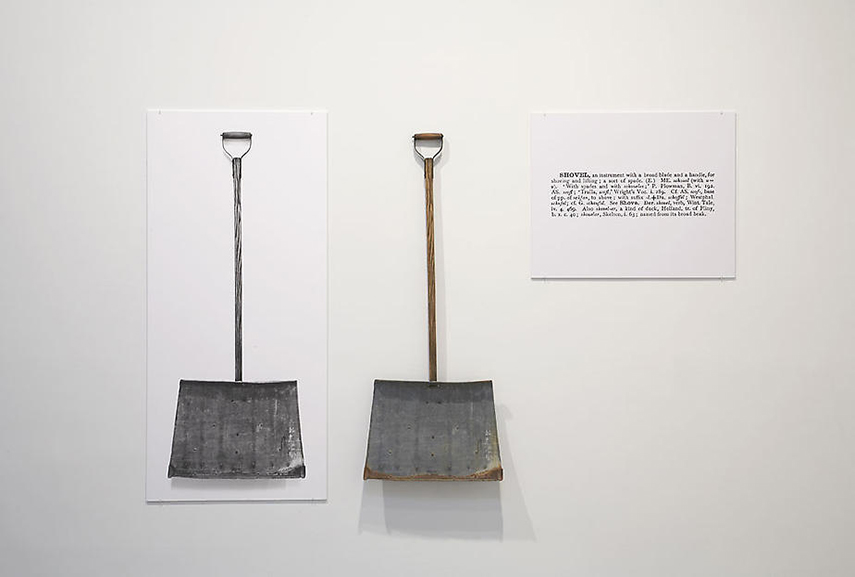
The significance of the 1960s fine art was further re-enforced during the 70s art and the birth of the important movements such as Feminist art and the Black fine art move. Due to its turbulent political and social events, 1960s art is seen as a cut-off catamenia when modern fine art ends and contemporary art product begins.

Editors' Tip: Movements in Art Since 1945: Bug and Concepts (Earth of Art)
Exploring the second half of the 20th-century book is a swift-moving account of the visual art in the past. Beginning with the analysis of the style into content, Abstract Expressionism, Pop Art, Minimalism, Conceptual fine art, various other movements are investigated in the book. Some of the most celebrated and influential artists, such as Joseph Beuys, Andy Warhol, Francis Salary, along with the works of Feminist and Gay artists are referenced equally well. Divided into 11 chapters, each section covers a dissimilar movement and trends of its artists. If y'all are interested in this flow, or you have started a course in Post-Modernism, this book is an excellent starting betoken.
References:
- Sandler, I., American art of the 1960s, Paperback, 1989
- Rubin, D., S., Chronophobia: On Fourth dimension in the Art of the 1960'due south, The MIT Press, 2004
- Whiting, C., Pop L.A.: Art and the Urban center in the 1960s, University of California Printing, 2006
- Southward. Rubin, D., Psychedelic: Optical and Visionary Art Since the 1960s, San Antonio Museum of Fine art, 2010
All images used for illustrative purposes just. Featured image in slider: Andy Warhol – Portrait of the artists with the Barilla boxes. Prototype via widewalls.ch; Example of Optical Illusion Artwork. Prototype via widewalls.ch; Carl Andre - Artwork. Image via widewalls.ch
Source: https://www.widewalls.ch/magazine/1960s-art
0 Response to "Art Movements in the 60s and 70s in New York"
Post a Comment